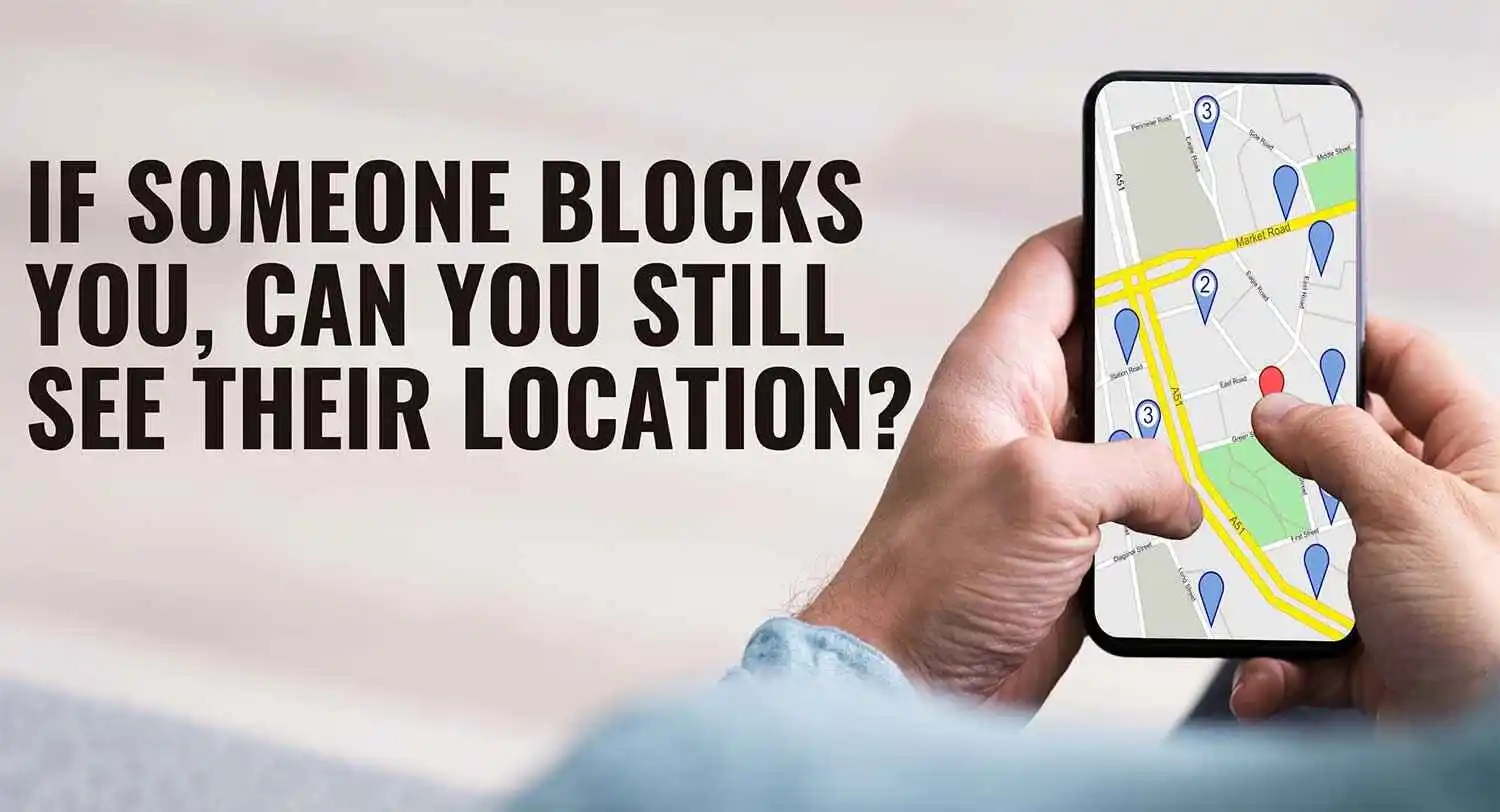With location sharing becoming an essential feature on platforms like iPhone and apps like Snapchat, many wonder if location visibility continues after a person blocks them. Does blocking someone mean their location stops updating, or can you still track their whereabouts? This article delves into the nuances of location sharing, how blocking affects location visibility, and what you can do to ensure your location privacy.
What Happens to Location Sharing When You’re Blocked?
When someone blocks you on iPhone or a similar app, it typically severs direct communication channels such as messages and calls. But does it also halt location sharing? Here’s what generally happens:
- Location Visibility Ceases: If someone blocks you, location sharing through apps like Find My iPhone, Find My Friends, or Snapchat usually stops. You won’t be able to see updates to their location once they’ve blocked you.
- No Further Location Updates: Even if you previously had access to their location, blocking removes that access, and their location will no longer update on your device.
In most cases, blocking is a complete cutoff, ensuring that both communication and location updates are restricted.
Does Blocking Stop Location Sharing Automatically?
Blocking someone doesn’t always automatically disable location sharing across all apps. However, on iPhone and other common platforms, blocking a contact often comes with privacy settings that restrict the blocked individual’s ability to view location information. Here’s how it works on different platforms:
- Apple’s Find My App: When someone blocks you on iMessage or directly on their iPhone, their location in the Find My app becomes unavailable to you. This is a default setting, and no further updates will be shared with blocked contacts.
- Snapchat: Snapchat’s location sharing, also known as Snap Map, requires explicit sharing permission. If someone blocks you, their location will no longer appear on the Snap Map.
- WhatsApp and Facebook: Location sharing on these platforms will also stop if the person blocks you, and the option to view their current location or past updates will disappear.
So, if someone blocks you, chances are you won’t have access to their location on these major platforms.
If Someone Blocks You, Can They Still See Your Location?
When someone blocks you, they can no longer see updates to your location, either. Location sharing typically stops in both directions, ensuring that neither party has access to each other’s location.
- iPhone’s Location Sharing: Blocking prevents both you and the person who blocked you from seeing each other’s location. This includes both real-time location and past location updates in the Find My app.
- Snapchat’s Snap Map: On Snapchat, once you’re blocked, you can’t see each other’s location on Snap Map. Blocking restricts all location data.
How to Check if Someone Has Blocked Your Location Access
While iPhone and certain apps don’t notify you directly when someone blocks you, a few signs can indicate restricted access:
1. Location No Longer Updates
If you were previously able to view someone’s location but can no longer see updates, it may indicate they’ve blocked or stopped sharing their location with you.
2. Location Status Changes to “Location Not Available”
On iPhone, when a person blocks you, you may see the “Location Not Available” message if you try to view their location.
3. Snapchat Map Visibility Changes
If the person’s Bitmoji or location vanishes from Snap Map, they may have blocked you or disabled location sharing with you.
These signs don’t guarantee blocking but can help indicate restricted access.
If You Block Someone, Can They Still See Your Location?
If you initiate the block, your location should no longer be visible to the blocked contact. Here’s how blocking affects location sharing from your perspective:
- Automatic Location Block: When you block someone on iPhone, apps like Find My automatically prevent them from viewing your location.
- App-Specific Controls: Some apps, such as WhatsApp, also follow this rule, stopping location updates for the blocked contact.
Blocking ensures privacy, helping you restrict visibility to your location data on most platforms.
How to Ensure Location Privacy on iPhone and Apps
If you want to manage your location privacy settings effectively, here are some steps:
- Disable Location Sharing When Needed
- On iPhone, go to Settings > Privacy > Location Services to turn off location sharing for specific apps or contacts.
- Use “Find My” Privacy Settings
- You can manually stop location sharing with specific people in Find My by selecting the contact and choosing “Stop Sharing My Location.”
- Check App Permissions Regularly
- Ensure that only trusted contacts and apps have access to your location. Periodically check permissions in your privacy settings.
- Enable Ghost Mode on Snapchat
- If you want to hide your location on Snapchat without blocking, use Ghost Mode in Snap Map settings. This stops location sharing temporarily.
What to Do if You Suspect Your Location is Shared Unintentionally
If you think someone is accessing your location without your consent, you can take action to ensure your privacy:
- Review Location Permissions: Go to Settings > Privacy > Location Services on iPhone to review app permissions.
- Update App Settings: Apps like Snapchat allow you to control location visibility independently from phone settings.
- Consider Blocking Unwanted Contacts: Blocking restricts all access to location and communication from that person.
Frequently Asked Questions
Final Thoughts on Location Sharing and Blocking
Location sharing is a helpful tool but comes with privacy concerns, especially if someone has access to your whereabouts without your consent. Blocking provides an effective way to manage location privacy, preventing others from seeing updates or tracking your movements. Understanding how blocking affects location sharing can help you control who has access to your location on iPhone and various apps.
By taking control of location settings, you can ensure that only trusted contacts know your whereabouts, keeping your digital life secure and private.

Web Developer | Tech Enthusiast | Advocate for Special Education
